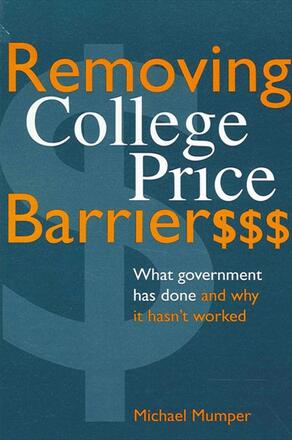
Removing College Price Barriers
What Government Has Done and Why it Hasn't Worked
Alternative formats available from:
Presents the political, economic, and demographic factors that interact to produce and perpetuate increasing college price barriers.
Description
The dream of college education is one of the central aspirations of American families and the cost of college is one of their central concerns. Removing College Price Barriers explores federal and state governmental efforts to achieve universal college affordability, and explains why those efforts have failed so badly.
Mumper provides a comprehensive overview of trends in college finance from 1965 to the present. He chronicles how the creation of the federal student aid programs, coupled with increasing state support of higher education, substantially lowered college price barriers during the late 1960s and 1970s. Since 1980, however, the rising costs of providing a higher education have combined with stable state support to drive tuitions rapidly upward. Simultaneously, the federal government began shifting a larger portion of student aid funds away from grants to lower income students toward loans to middle and upper income students. The result is that students are forced to finance a greater portion of their larger college costs.
This analysis concludes with an evaluation of several plans to reform the college finance system including the new direct lending program, high tuition/high aid funding strategies, and expanded repayment options, including national service. Drawing from the best of each of these ideas, the book outlines a plan to make the existing programs better achieve their original purpose by targeting more aid to the most needy students.
Michael Mumper is Associate Professor of Political Science at Ohio University.
Reviews
"This book is timely, well written, and critically important. The author does a good job of covering the territory of higher education finance; he provides ample supporting evidence for his argument. Few topics are more important in higher education today. " — William G. Tierney, University of Southern California